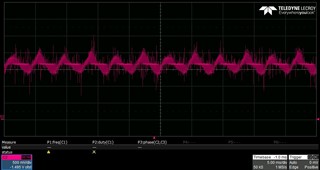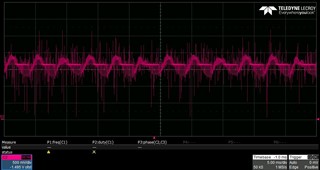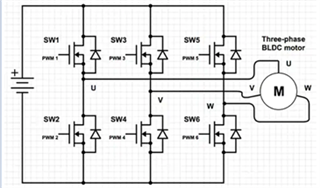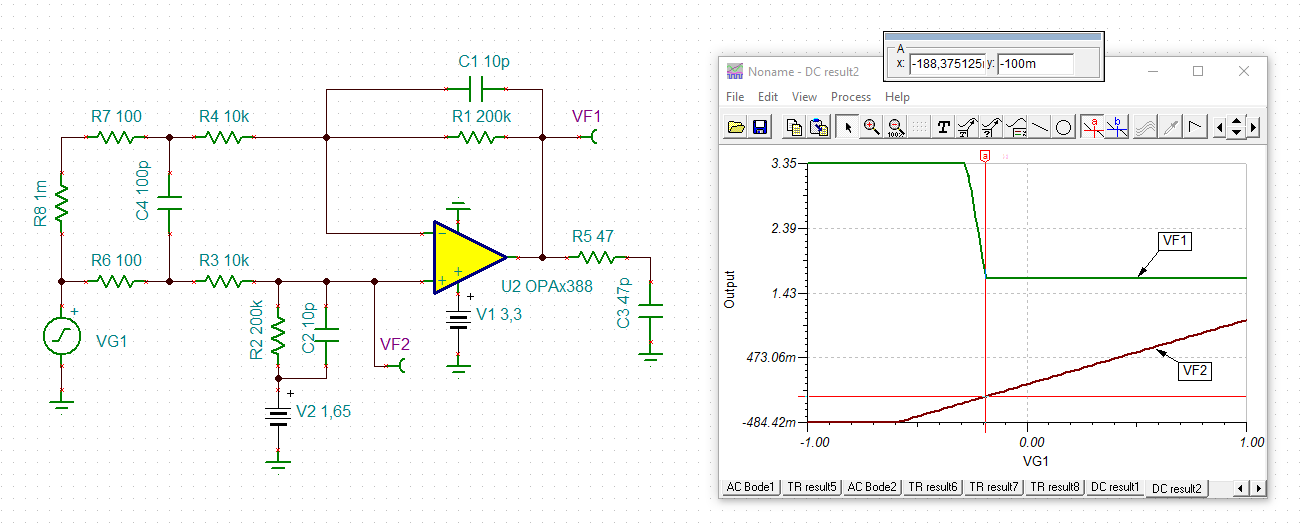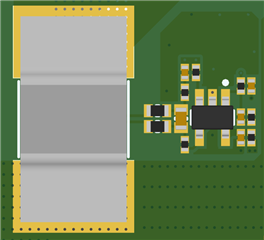Other Parts Discussed in Thread: UCC27211,
Hi all,
I have custom design BLDC driver board with OPA388 amplifier and UCC27211 gate driver IC. I attached the 3 phase current measurement screens. I couldn't measure the third phase as I expected. Do you have any suggestion ? Schematic also attached.
Normal U and V phases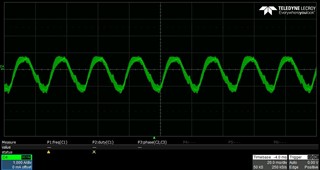
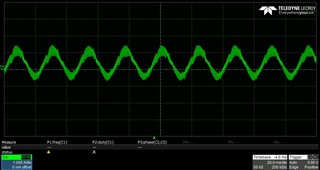
Abnormal W phase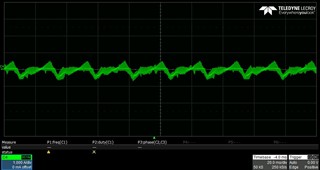
Gate driver schematic
Current sense:



